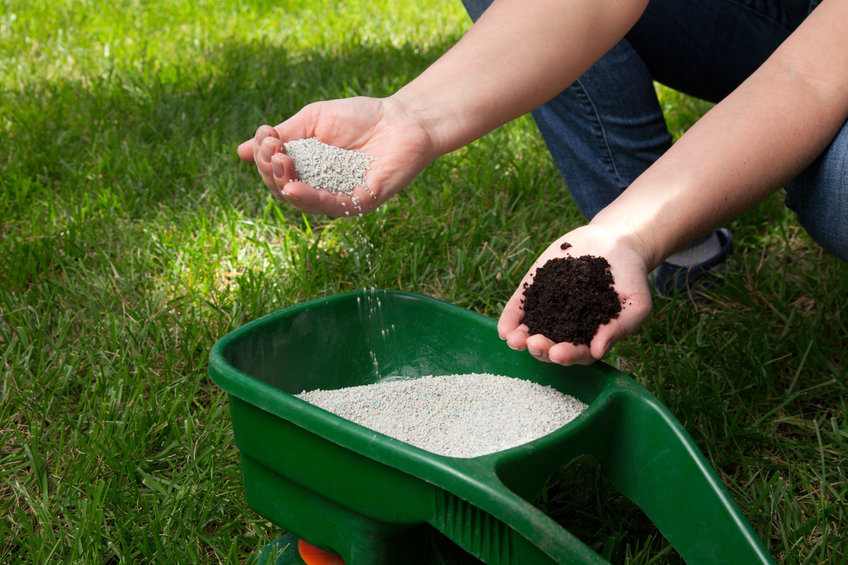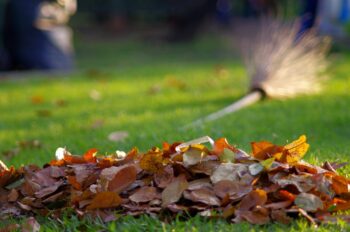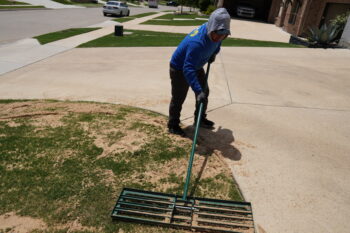As the winter season fades away, it’s time to revive your lawn and give it the nourishment it needs to thrive in the spring. One essential step in lawn care is applying fertilizer correctly.
However, due to the unique climate and soil conditions in North Texas, it’s important to understand the specific requirements for this region. In this article, we will guide you through the process of applying fertilizer to your North Texas lawn during the spring, ensuring optimal growth and vibrant greenery.
Assessing Soil and Nutrient Needs
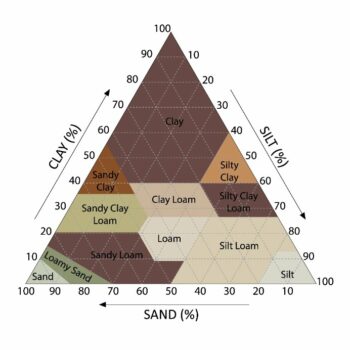
Before applying fertilizer, it’s crucial to assess your soil’s conditions and nutrient requirements. North Texas soil is often heavily clay-based, which may cause drainage issues and nutrient deficiencies.
Perform a soil test to determine the pH level and any nutrient imbalances. This information will guide you in choosing the right fertilizer formulation for your lawn’s specific needs.
We offer a soil rejuvenation service that we will customize to the specific conditions of your soil.
Choosing the Right Fertilizer
For North Texas lawns, it’s recommended to choose a slow-release nitrogen-based fertilizer with a formulation specifically designed for this region.
Look for a product that contains an appropriate balance of nitrogen (N), phosphorus (P), and potassium (K). As a general guideline, a fertilizer ratio of 3:1:2 or 4:1:2 is suitable for most North Texas lawns.
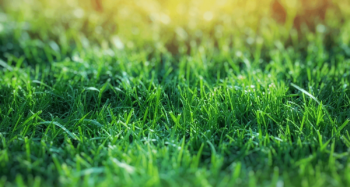
Timing the Application
When it comes to applying lawn fertilizer in North Texas during the spring, timing is crucial for optimal results. The ideal time to apply fertilizer is when the grass is actively growing, typically in early to mid-spring.
As temperatures start to warm up, usually around March or April, the grass begins its vigorous growth phase, and this is the perfect opportunity to provide it with the necessary nutrients.
Applying fertilizer at this time ensures that the grass can efficiently absorb and utilize the nutrients to promote vibrant greenery and robust root development.
However, it’s important to keep an eye on weather conditions before applying fertilizer. Avoid applying fertilizer during periods of drought or excessive rainfall, as it may lead to nutrient loss due to runoff or inefficient absorption.
Invest in our lawn fertilization service and take the guesswork out of the equation.
Application Techniques
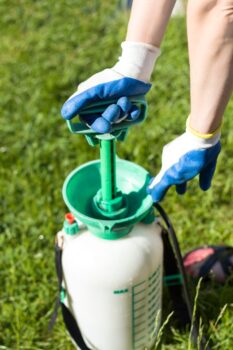
Preparing the Area: Prior to applying fertilizer, ensure your lawn is free from debris, fallen leaves, and other obstructions. Lightly rake the surface to remove any thatch buildup and create a clean area for application.
Even Spreading: Use a broadcast or drop spreader to evenly distribute the fertilizer across your lawn. Refer to the product label for recommended application rates per square footage. To ensure uniform coverage, apply half the recommended amount walking in one direction and the remaining amount at a perpendicular angle.
Avoid Overlapping and Spillage: Overlapping fertilizer applications can lead to excess nutrient accumulation, which is harmful to your lawn. Be diligent in avoiding overlap areas as you spread the fertilizer. Additionally, make sure no fertilizer spills onto sidewalks, driveways, or other non-targeted areas, as it can harm the environment and promote algae growth in nearby water bodies.
Watering: After applying the fertilizer, water your lawn thoroughly. This helps activate the nutrients and drives them into the soil. It’s crucial to water immediately after application to prevent any potential burning of the grass blades. Aim for approximately 1 inch of water each week to keep your lawn properly hydrated. Check out our lawn irrigation service page.
Monitoring and Maintenance
Following the application of fertilizer, monitor your lawn closely for signs of nutrient deficiencies or excesses. Too much fertilizer can result in excessive top growth, leading to weak root systems.
Conversely, inadequate fertilizer application may lead to pale or thin grass. Adjust your fertilizing routine in subsequent applications based on your lawn’s needs and the results of soil tests.
Conclusion
Properly applying fertilizer to your North Texas lawn during the spring is crucial for vibrant growth and rich greenery. Remember to assess soil conditions, choose the right fertilizer formulation, apply it at the appropriate time, and use even spreading techniques.
Regular monitoring and maintenance will ensure your lawn thrives throughout the season. By providing your lawn with the necessary nutrients, you will enjoy a lawn that enhances the beauty of your landscape.

